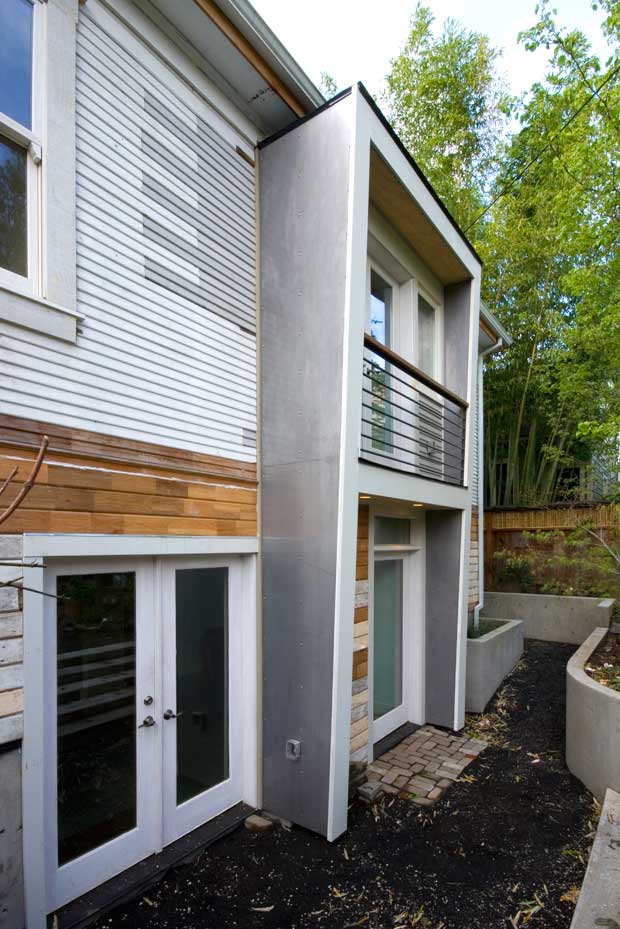In a CNN Opinion piece entitled “Green buildings won’t save the planet”, authors Joshua Prince-Ramus, Randolph Croxton and Tuomas Toivonen make the case that “green” buildings are not truly sustainable unless they are embedded in a community context that supports sustainable lifestyles.
Simply put, you can have the most environmentally-friendly construction process for the most efficient and healthy home, but if the house is located somewhere that forces occupants to drive for every errand, then you have not created a truly sustainable home. Regardless of how “green” they may feel, denizens of buildings like this cannot avoid adding lots of earth-warming carbon to the atmosphere as part of their daily routine.
Instead, truly green homes are woven into a built environment that supports sustainable living – less driving, less energy consumption, a smaller ecological footprint. For this reason, the authors laud Portland’s Urban Growth Boundary. This UGB refocuses development on the region’s urban core and creates a more compact urban form scaled to people (walking, biking, taking transit) not just cars. This provides us with green options. We can still drive where we need to go, but there are other good choices for getting around as well.
supports sustainable living – less driving, less energy consumption, a smaller ecological footprint. For this reason, the authors laud Portland’s Urban Growth Boundary. This UGB refocuses development on the region’s urban core and creates a more compact urban form scaled to people (walking, biking, taking transit) not just cars. This provides us with green options. We can still drive where we need to go, but there are other good choices for getting around as well.
Now, as responsible home builders we build green, reclaiming and recycling materials, striving for LEED and Passive House standards, making careful materials choices, etc. But what can we do, as would-be green-dwellers and green builders, to ensure that our homes and businesses become part of sustainable patterns of community life?
It’s not an easy question and doesn’t bring easy answers. But there are at least three things that we can do to ensure that green structures don’t go gray:
- Fill It In. Infill development maximizes existing infrastructure, supports walkable neighborhoods, and preserves greenfields on the region’s periphery by concentrating development in existing communities. Infill structures built to green standards can therefore achieve the more elusive goal of “sustainability”. Our recent Musician’s Dwelling is a nice example.
- Granny Flats. An Accessory Dwelling Unit can be a converted garage, a basement or attic addition, or a new standalone backyard cottage. These compact living units, complete with kitchen, bath and all living amenities, add a distinct second residential unit to an existing property. Perfect for sustainable, efficient living.
- Remodel. That’s right. Following green remodeling principles, repurpose that old house to 21-century needs. Existing structures contain tons of embodied energy. By remodeling these homes, we’re repurposing or “upcycling” today’s neighborhoods one house at a time, preserving their embodied energy and weaving these households into existing neighborhood fabric. Sustainable homes that sustain community.
-Zack
 Back to Field Notes
Back to Field Notes